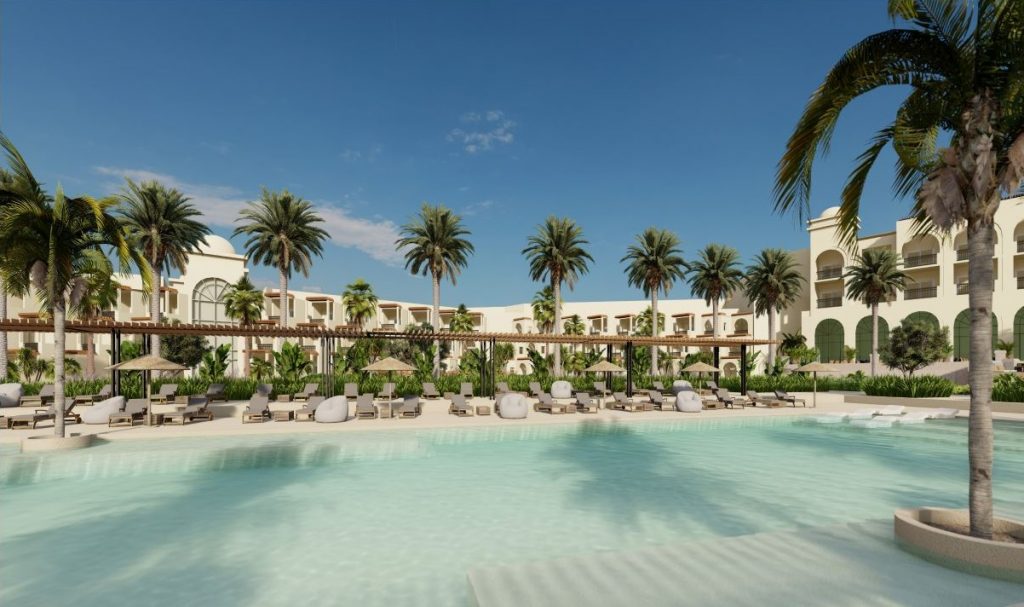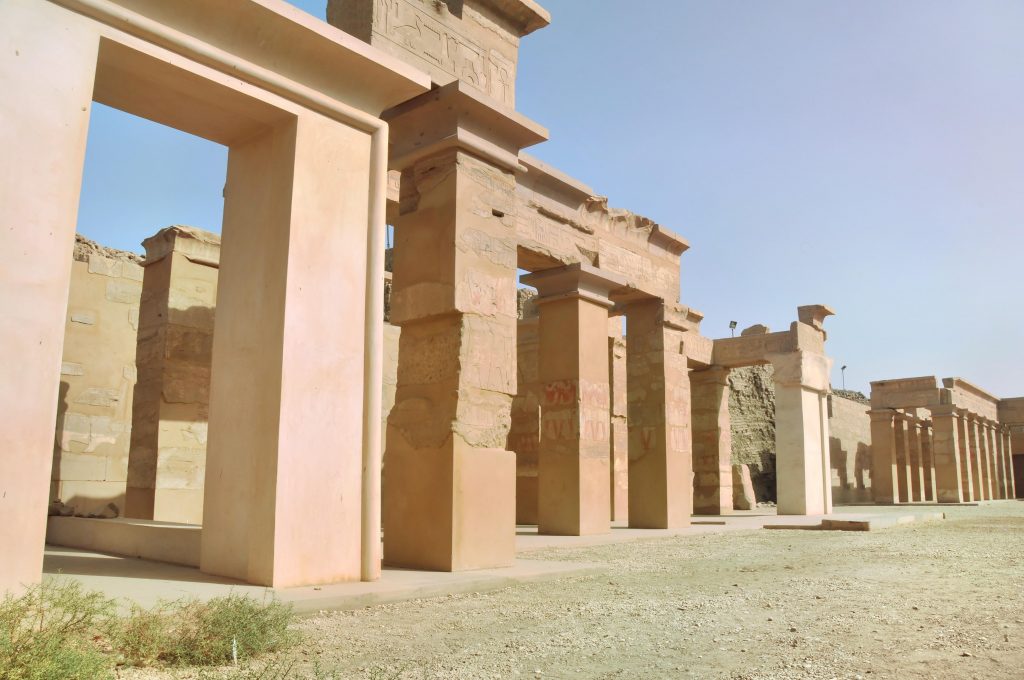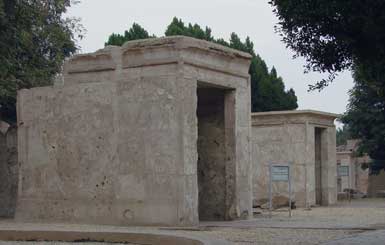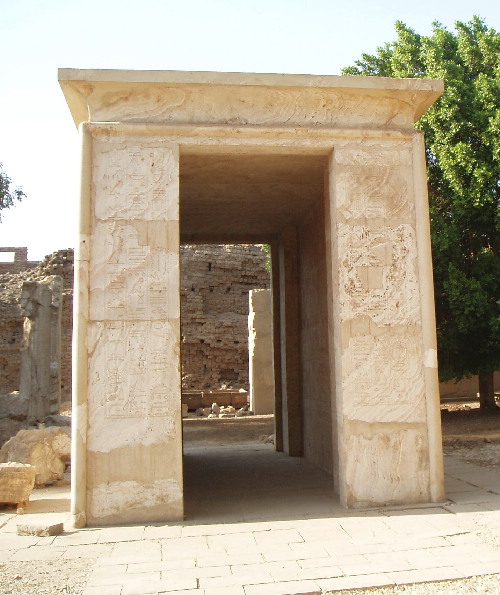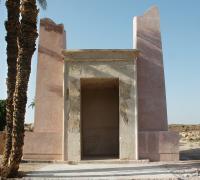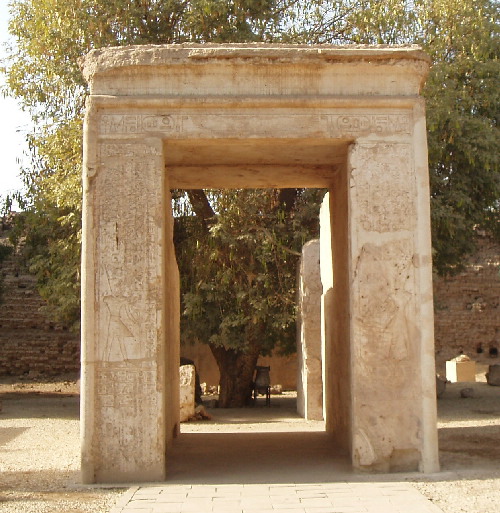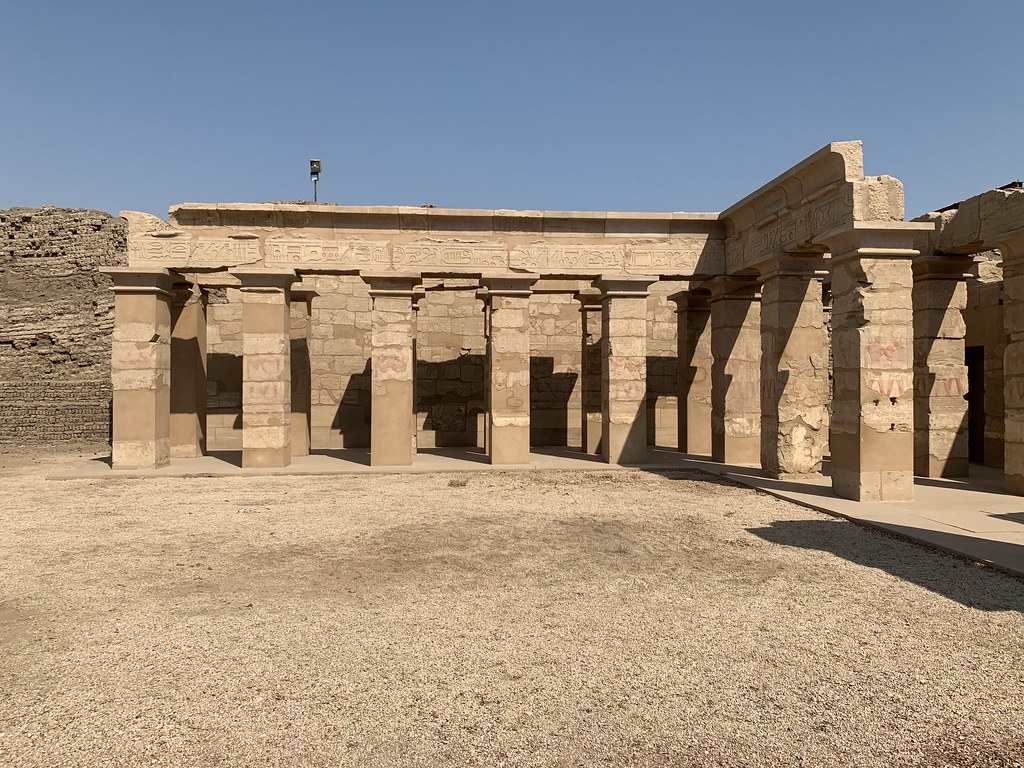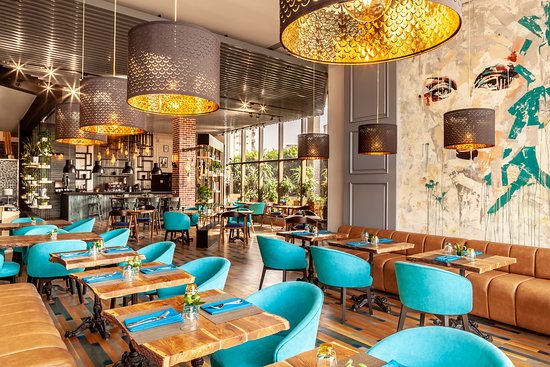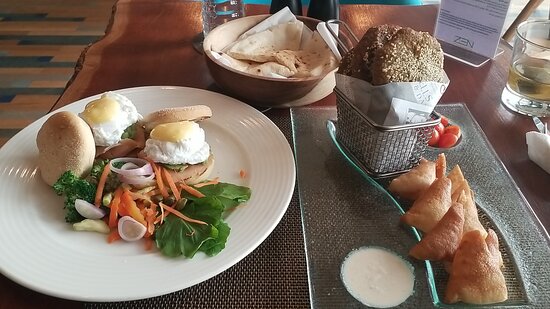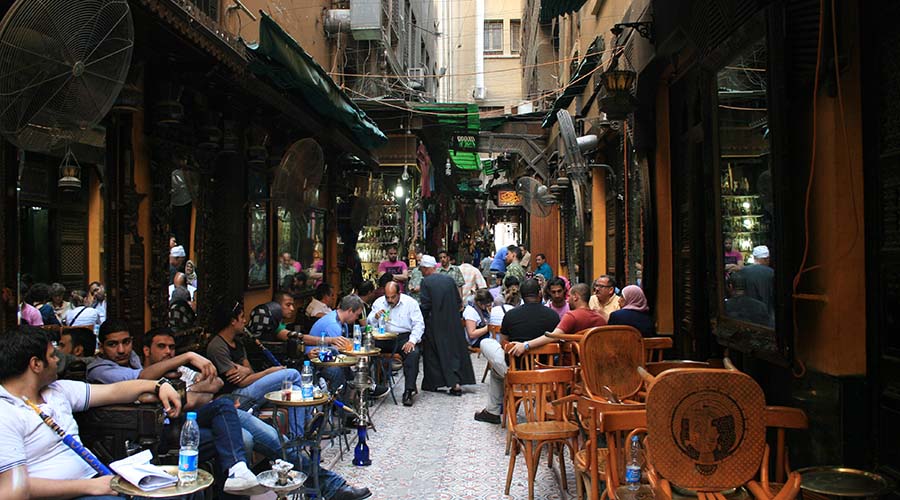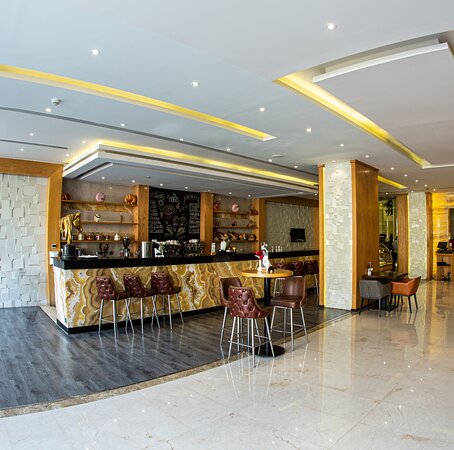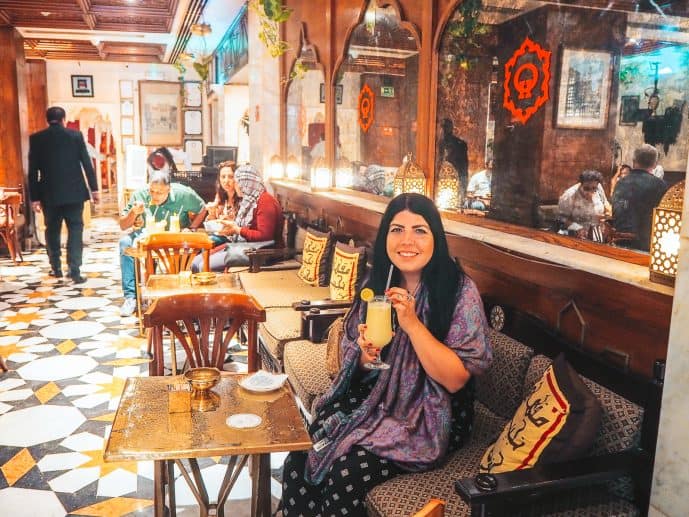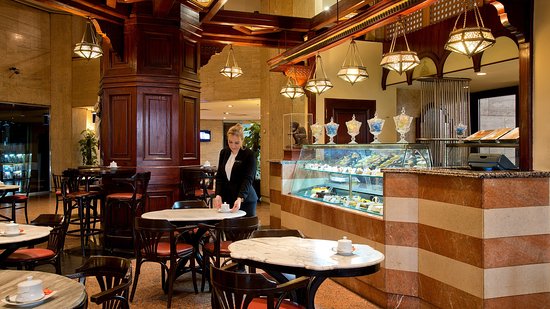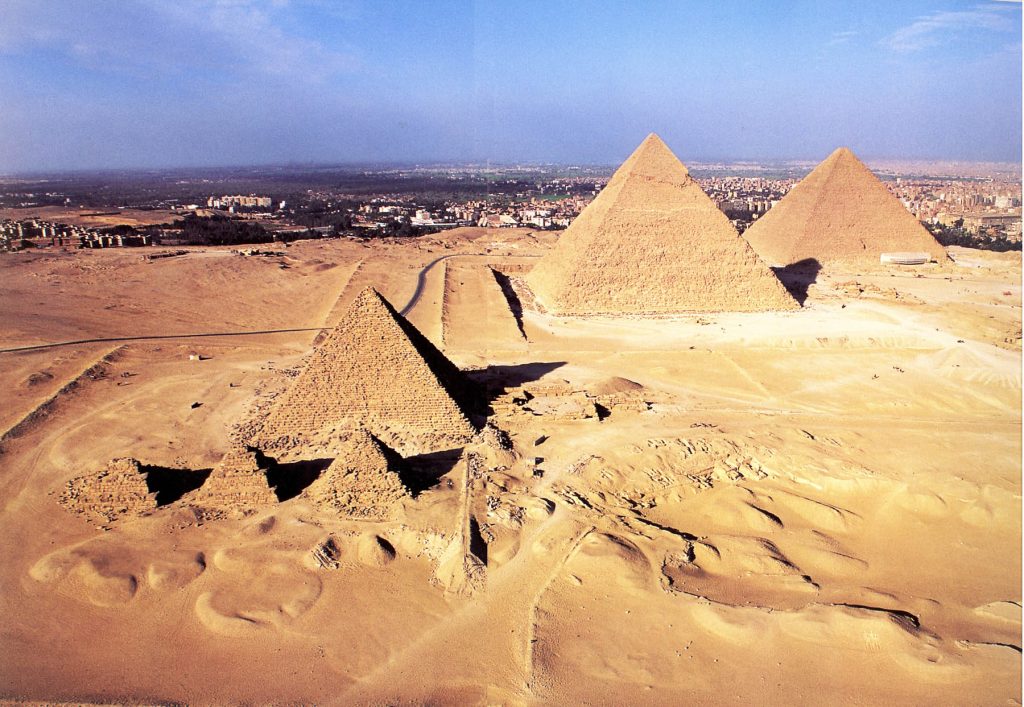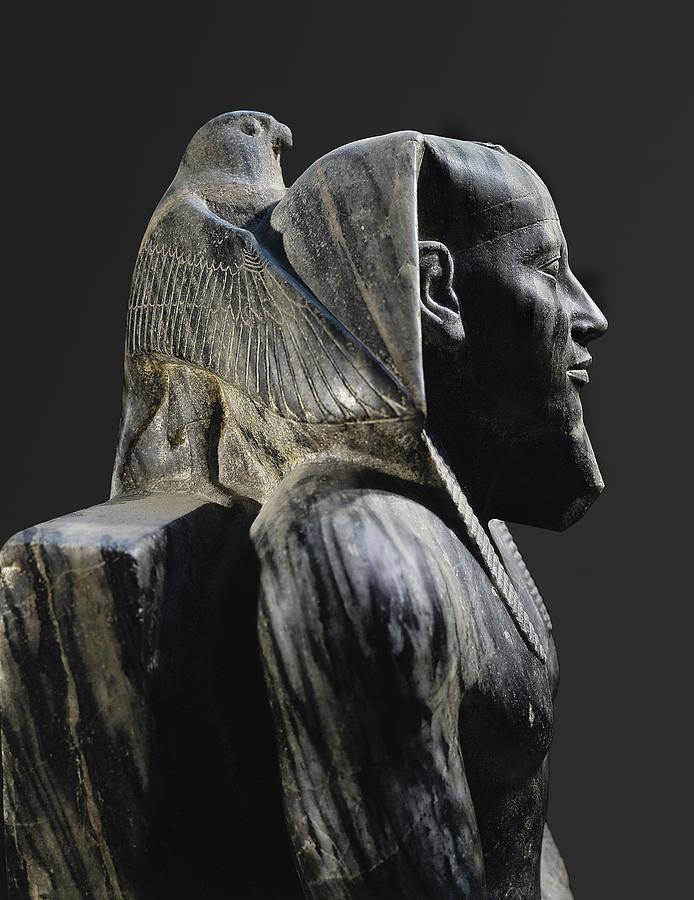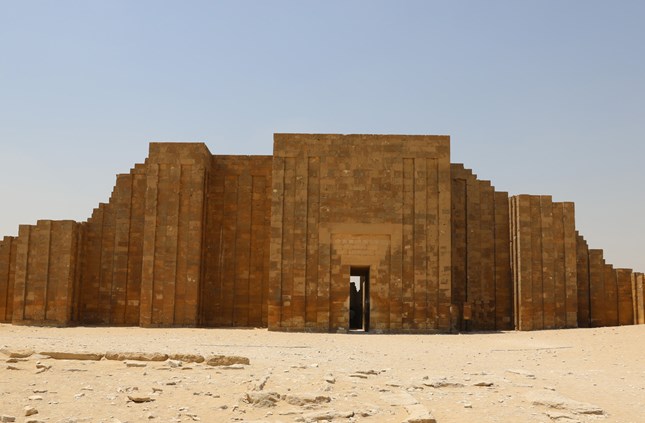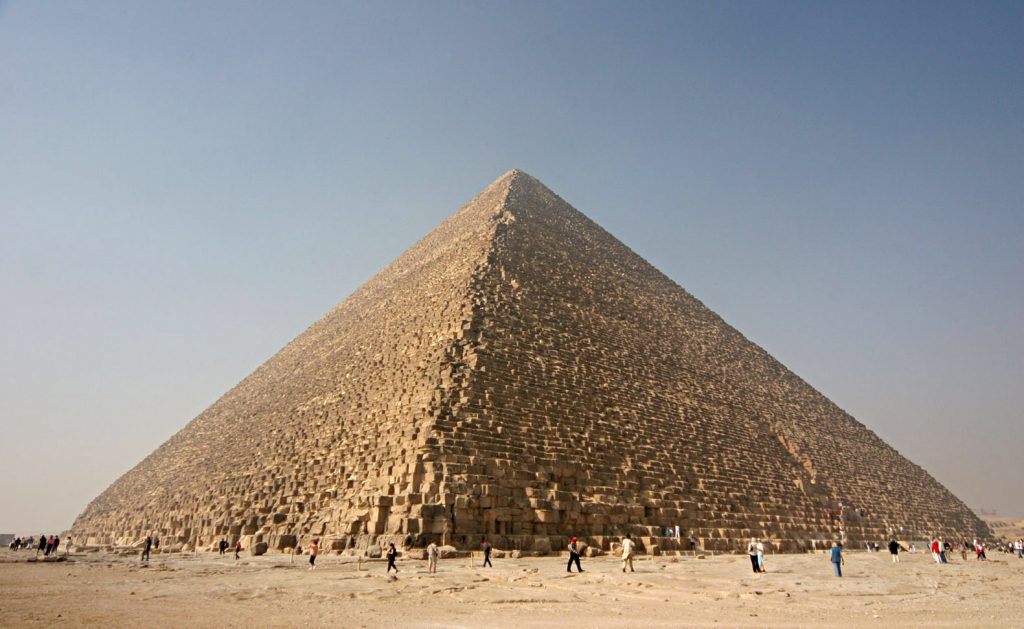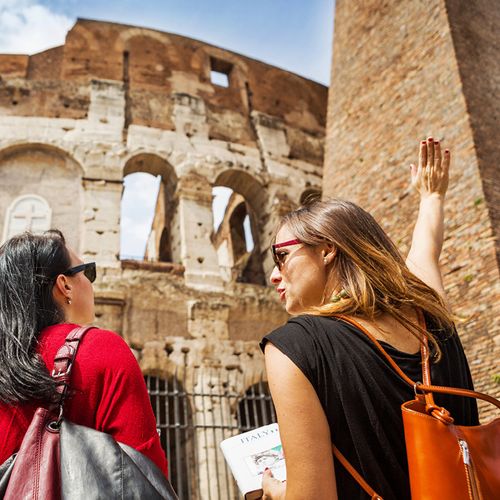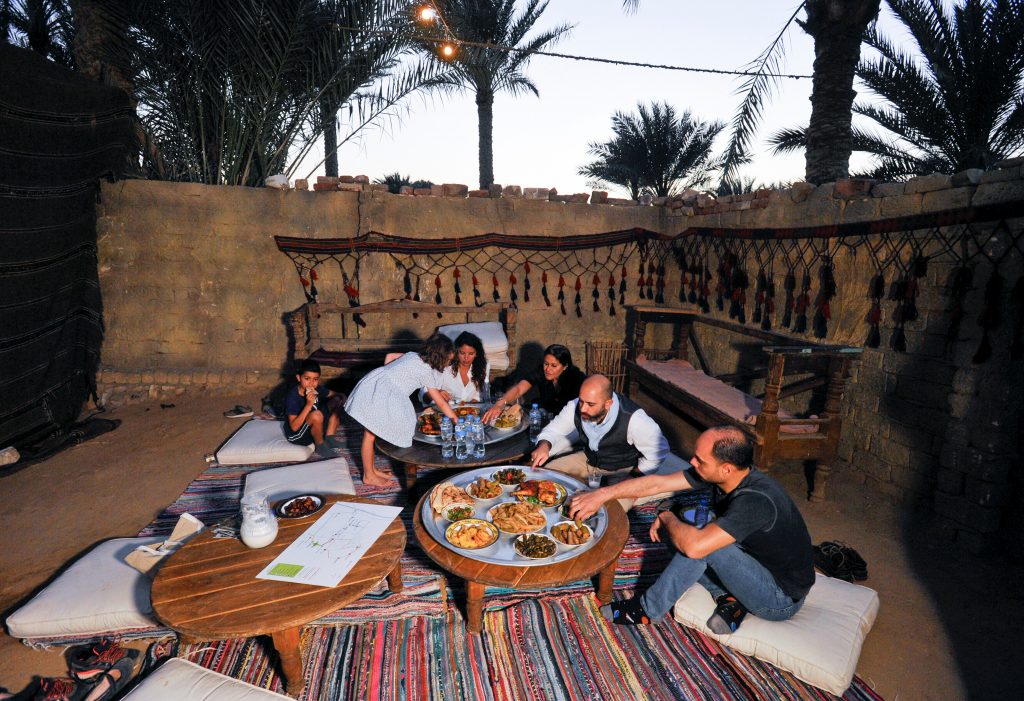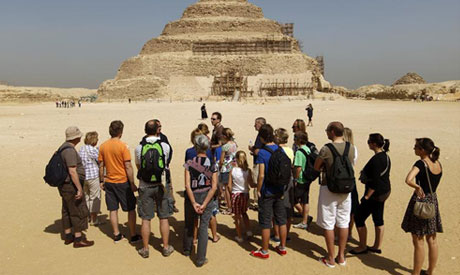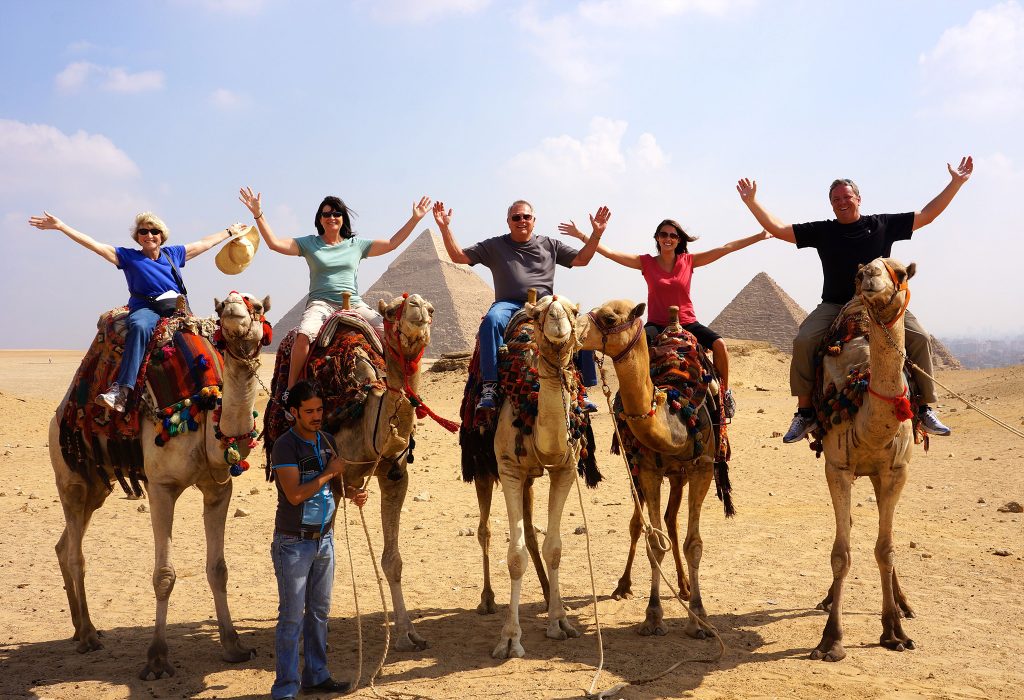Egypt’s Red Sea Gem – Diving, Mountains & Luxury
If you’re searching for a holiday spot that offers the perfect combination of relaxation, adventure, and culture, look no further than Hurghada, the Red Sea resort town in Egypt.
Located on the shores of the turquoise Red Sea, with its blue skies and golden sand, this resort town is an ideal destination for travellers seeking a one-of-a-kind vacation experience. With plenty of Western influence, Hurghada is a popular destination well worth your visit, just like Sharm El Sheikh.
Whether looking to rest and restore, play and connect, or inspire yourself, Hurghada’s tourist promenade offers something for everyone. From the best beaches starting at Sigala, Sahl Hasheesh, and Makadi Bay, to exploring the marine life and coral formations, many activities exist.

Experience the Rich Marine Life and Coral Formations in Hurghada
Hurghada is a diving paradise with warm and clear waters that offer excellent visibility, making it a favourite destination for divers worldwide.
For those who want to get PADI certified this season, this is the perfect place to do so. You’ll have the opportunity to explore the Red Sea’s marine life and coral formations, as well as wreck diving, such as at Shadwan Island.
With a range of diving centres in the region, you can rest assured that you’ll find the perfect diving experience that fits your preferences and skill level.
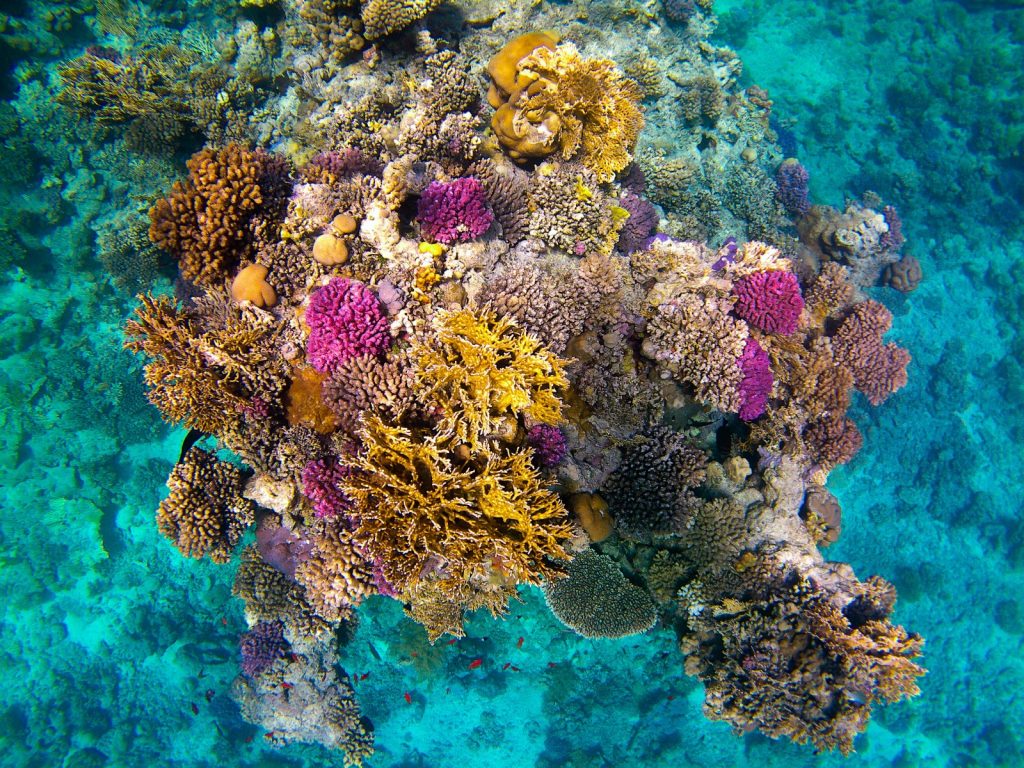
Island Hop to Giftun Islands and Gota Abu Ramada
If you’re a snorkelling and scuba diving fan, you must take advantage of the chance to island hop to Giftun Islands. Also known as “The Aquarium,” the islands are home to some of the most beautiful coral reefs in the world. Here, you can enjoy a day of snorkelling or scuba diving in crystal-clear waters while enjoying the magnificent blue-gold landscape. Gota Abu Ramada, a dive site, is also located here.
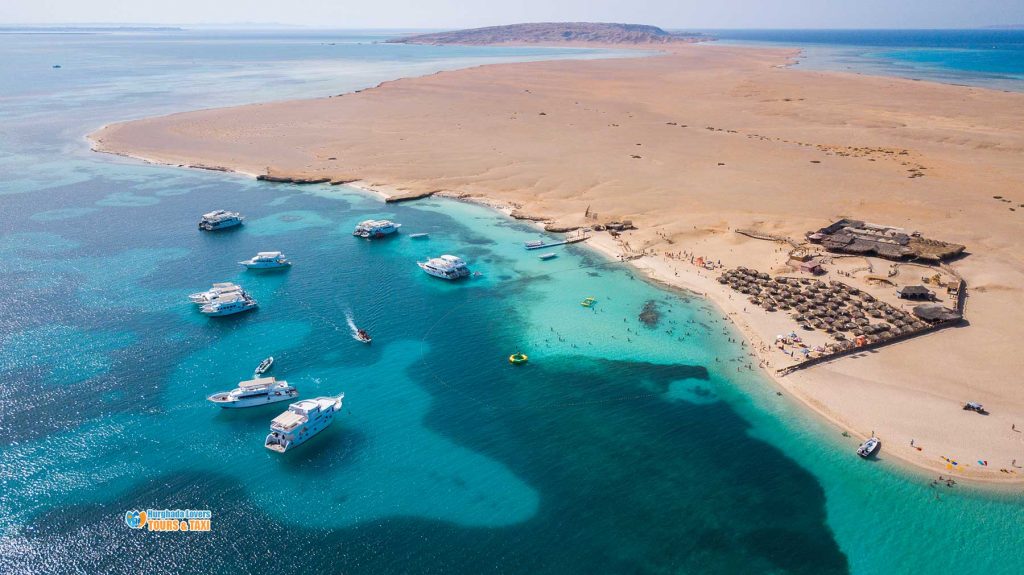
Adventures in the Mountains and Desert when at Hurghada
While Hurghada is famous for its beaches and diving spots, there’s much more to explore in this stunning region. If you want a more adventurous experience, head into the mountains and the desert. Enjoy quad biking, Jeep expeditions, and dune buggy trips in the desert, or book a Bedouin dinner tour for a more cultural experience. Of course, the stunning mountains of Hurghada are also worth exploring, with plenty of opportunities for hiking and trekking.
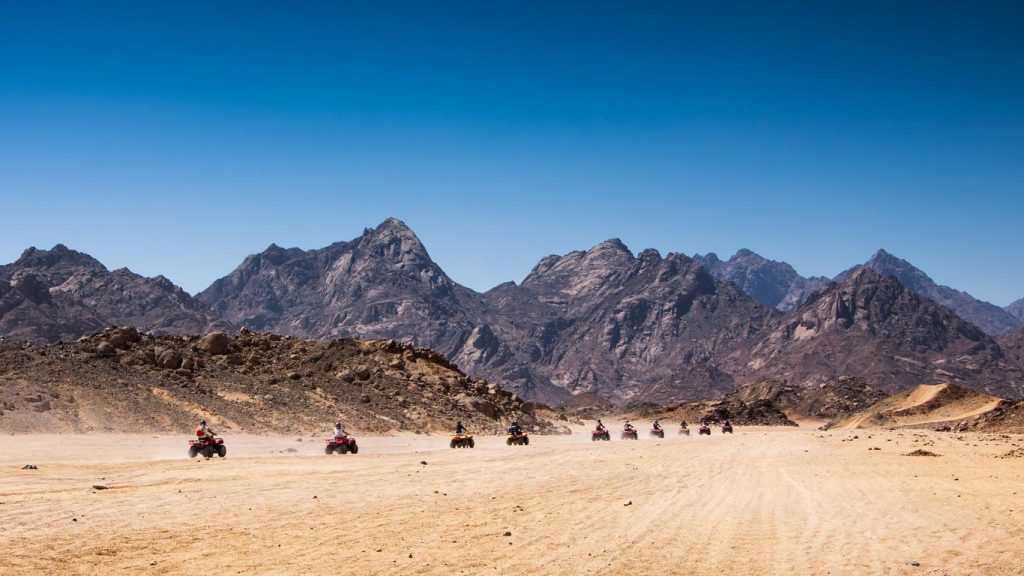
Kitesurfing and Wakeboarding in El Gouna
El Gouna is a small town 25 kilometres north of Hurghada and is known for its luxury resorts, stunning beaches, kitesurfing and wakeboarding. This is an excellent place for adventure enthusiasts to enjoy water sports, with plenty of equipment rental shops and expert instructors to help you master the sports. So whether you’re an experienced Kitesurfer or a beginner, El Gouna has something to offer everyone.

Luxurious hotels & resorts to stay when at Hurghada
Hurghada has its fair share of luxurious resorts in Egypt. Among the best resorts are The Oberoi Sahl Hasheesh, Kempinski Hotel Soma Bay, Chedi El Gouna, Casa Cook El Gouna, Rixos Premium Magawish Suites and Villas, and Baron Palace Sahl Hasheesh. These resorts offer breathtaking views of the Red Sea and world-class amenities such as private beaches, infinity pools, and spa facilities.
The Oberoi Sahl Hasheesh, for instance, is a serene sanctuary with a private beach, lush gardens, and luxurious rooms and suites. Meanwhile, Chedi El Gouna offers a contemporary retreat in a picturesque setting, featuring stylish rooms and villas, a spa, and an infinity pool with views of the lagoon. So whether seeking a romantic getaway or a family vacation, these resorts offer the perfect blend of luxury, comfort, and relaxation.
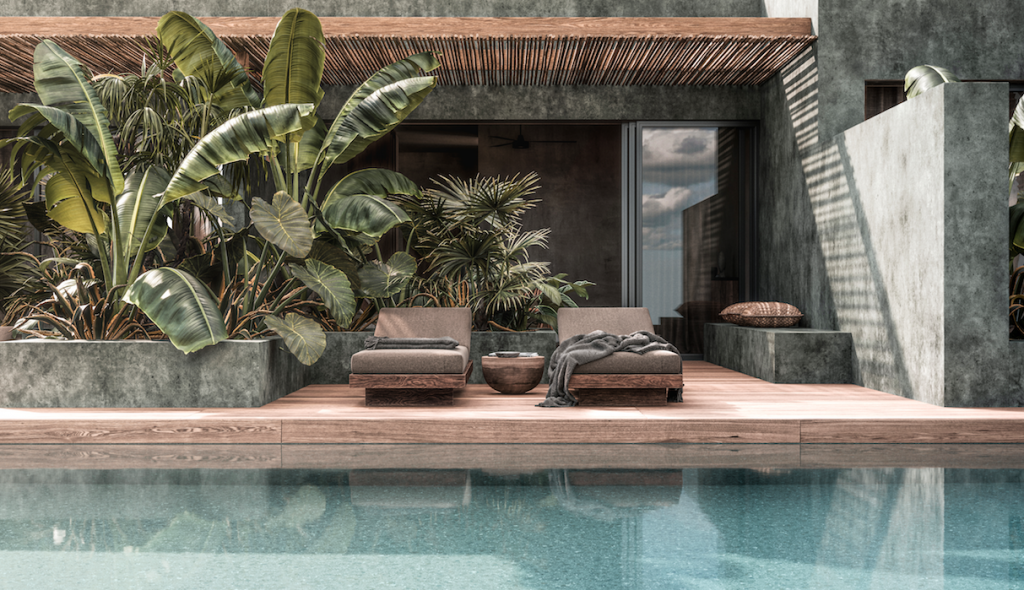
The new, eco-friendly Serry Beach Resort in Hurghada
The latest luxury hospitality offering in the Red Sea region is the Serry Beach Resort in Hurghada, a prestigious Preferred Hotels & Resorts – Lifestyle member. This newly opened private beachfront property boasts 453 scenic accommodations of seven different types, including penthouses, signature suites, and up to four-bedroom suites.
The resort prides itself on being the first sustainable luxury resort in the capital of the Red Sea and the first environmentally friendly luxury resort in the region. Its ecologically friendly architecture and decor are inspired by earthy, minimalist Arabesque Zen and Egyptian culture, with each room, chalet, and suite designed to provide a sense of peace and cosiness.
The resort uses natural and locally manufactured furniture, handcrafted clay pots, and paintings, working with community carpenters, farmers, artists and artisans. In addition, it uses natural stone, solar energy, and water recycling to lessen its carbon footprint.
Serry Beach Resort offers a unique cultural and culinary experience through five different outlets inspired by local heritage and an array of bespoke experiences, including a certified five-star PADI diving centre. This resort is an excellent option for travellers who seek both luxury and authenticity to the city’s tourist promenade.
Hurghada offers a plethora of activities for every traveller, from beach bums to adventure enthusiasts. With its magnificent beaches, incredible marine life, and fascinating desert landscapes, this resort town is an ideal destination for a unique and unforgettable vacation experience.
